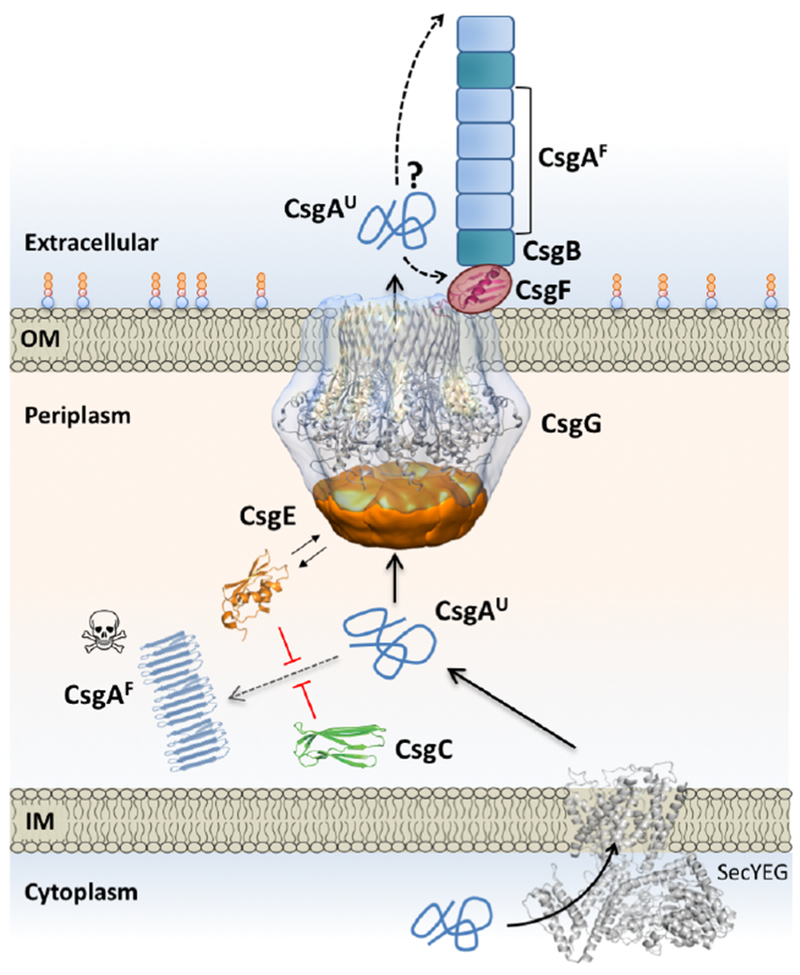Figure 2. Integrated model for curli subunit secretion.

Curli subunits enter the periplasm via the SecYEG translocon, from where they progress to the cell surface as unfolded polypeptides via the curli transporter CsgG. Premature folding and polymerization of CsgA in the periplasm (right dotted line) is inhibited by CsgE and CsgC. CsgE binds and targets subunits to the secretion channel, whilst CsgC provides a safeguard against runaway polymerization, likely by the binding and neutralization of early assembly intermediates and/or nascent fibers. CsgG forms a nonameric complex that acts as a peptide diffusion channel and cooperates with the periplasmic factor CsgE, which binds the channel and forms a capping structure to the secretion complex. Recruitment and (partial) enclosure of CsgA in the secretion complex is proposed to create an entropy gradient over the channel that favors CsgA’s outward diffusion as an unfolded, soluble polypeptide. Once secreted, curli fiber formation and elongation is templated by CsgB, in a CsgF-dependent manner. CsgF is likely to be in contact or close proximity to the CsgG channel. The exact role of CsgF and whether fibers extend from the proximal or distal end (dashed arrows) is presently unknown. Abbreviations: IM, inner membrane; OM, outer membrane.
